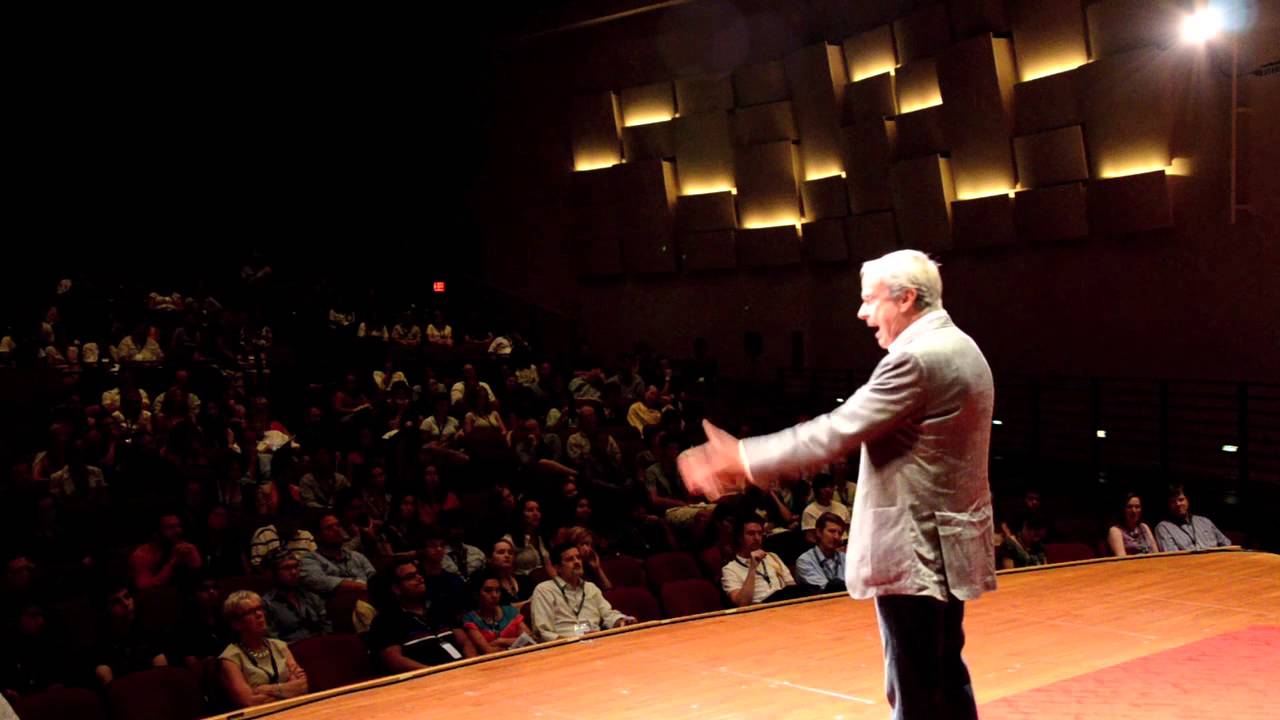 Many times, clients express frustration that they “can’t get any of their work done” because of the overwhelming amount of interruptions, email, and other inputs that show up during the course of a normal day. If you are ever in that frustrated state, it might help to understand the three-fold nature of what constitutes your “work.” This model, which is illustrated in the GTD Workflow Map, describes three things you are doing when you work:
Many times, clients express frustration that they “can’t get any of their work done” because of the overwhelming amount of interruptions, email, and other inputs that show up during the course of a normal day. If you are ever in that frustrated state, it might help to understand the three-fold nature of what constitutes your “work.” This model, which is illustrated in the GTD Workflow Map, describes three things you are doing when you work:
- Doing pre-defined work. This is what you would be doing all day if you got no input or interruptions of any sort. You would probably be working off the inventory of actions and projects that you came in with—work that you have already determined needs doing. The phone calls you need to make, the documents you need to draft, the ideas you need to outline on the project, etc.
- Doing work as it appears. The phone rings, you take the call, and spend twenty minutes talking to a customer or a business colleague. Your boss calls a half-hour meeting to update you on a new development and get your input on it. You are doing the work as it shows up to be done. You are actually defining your work rapidly in this case, and choosing to do the new stuff instead of any of the pre-determined activity.
- Defining work to be done. This is processing your in-tray, your email, your meeting notes, etc.—taking in input and making decisions about what needs to be done about it. You may do some quick actions as you define them, and you will probably be adding some more to your inventory of defined work.
So what? You’re probably thinking this is all common sense. Well, I have noticed that many people act as if (2) is some sort of burden to endure, and (3) is some irrelevant activity aside from their work. I don’t get it. It’s all the work. Some is done when it appears, and some is done when you choose to do it instead of what’s showing up. And processing input is required to trust the inventory of pre-defined work.
How much, of which kind of work to do when, is the eternal dance of the workday. You can’t really do more than one of them at a time, though you can get really fast with processing work while you’re on hold on the phone, and waiting for meetings to start. There may be interruptions that are allowed that are not functional or valuable, but managing those is just tactical to your definition of your job. It’s an eternal challenge of allocating limited resources (management)—it’s not an inherent problem.
[Note: This essay appeared in David Allen’s Productive Living Newsletter. Subscribe for free here.]
